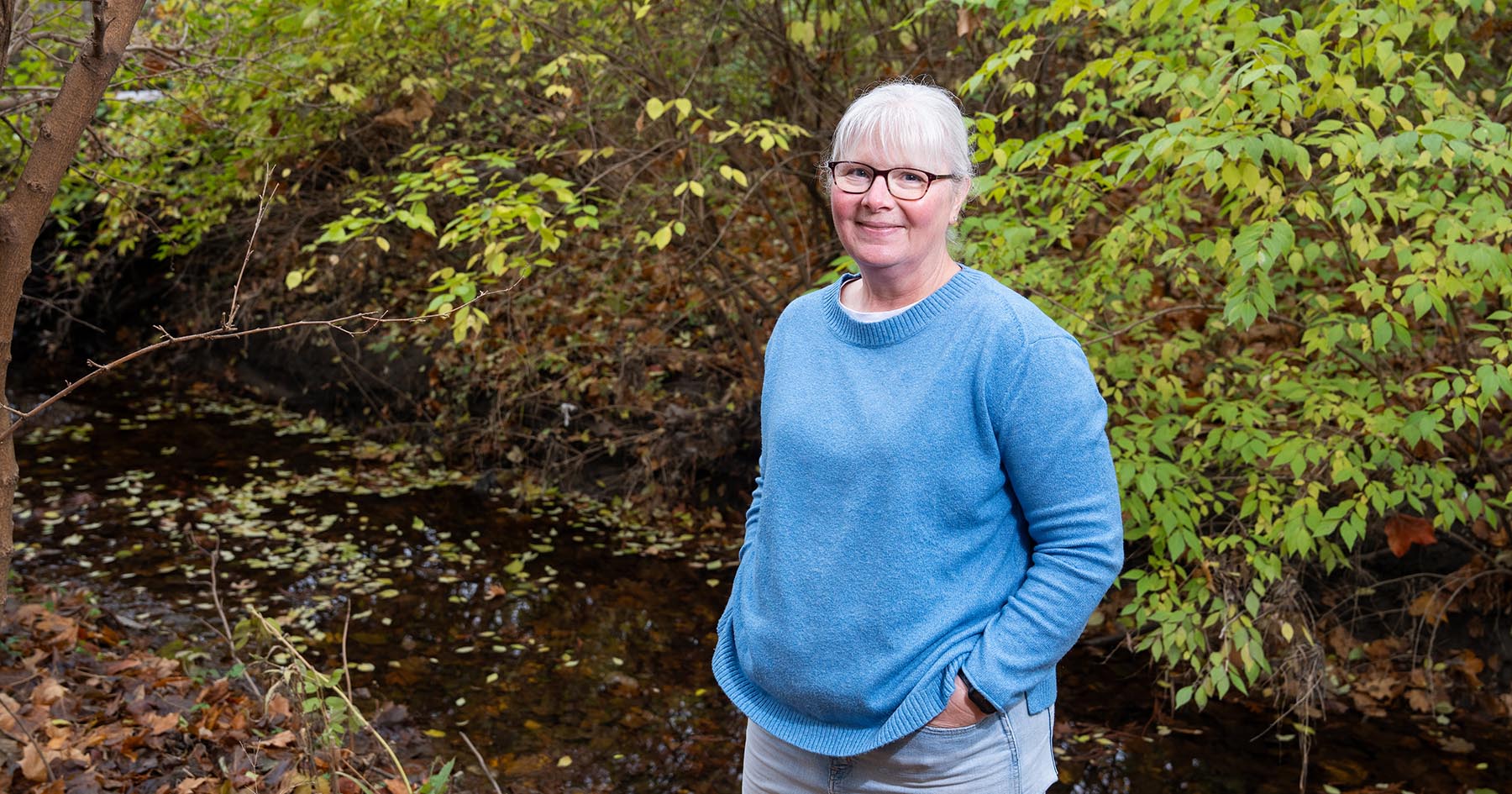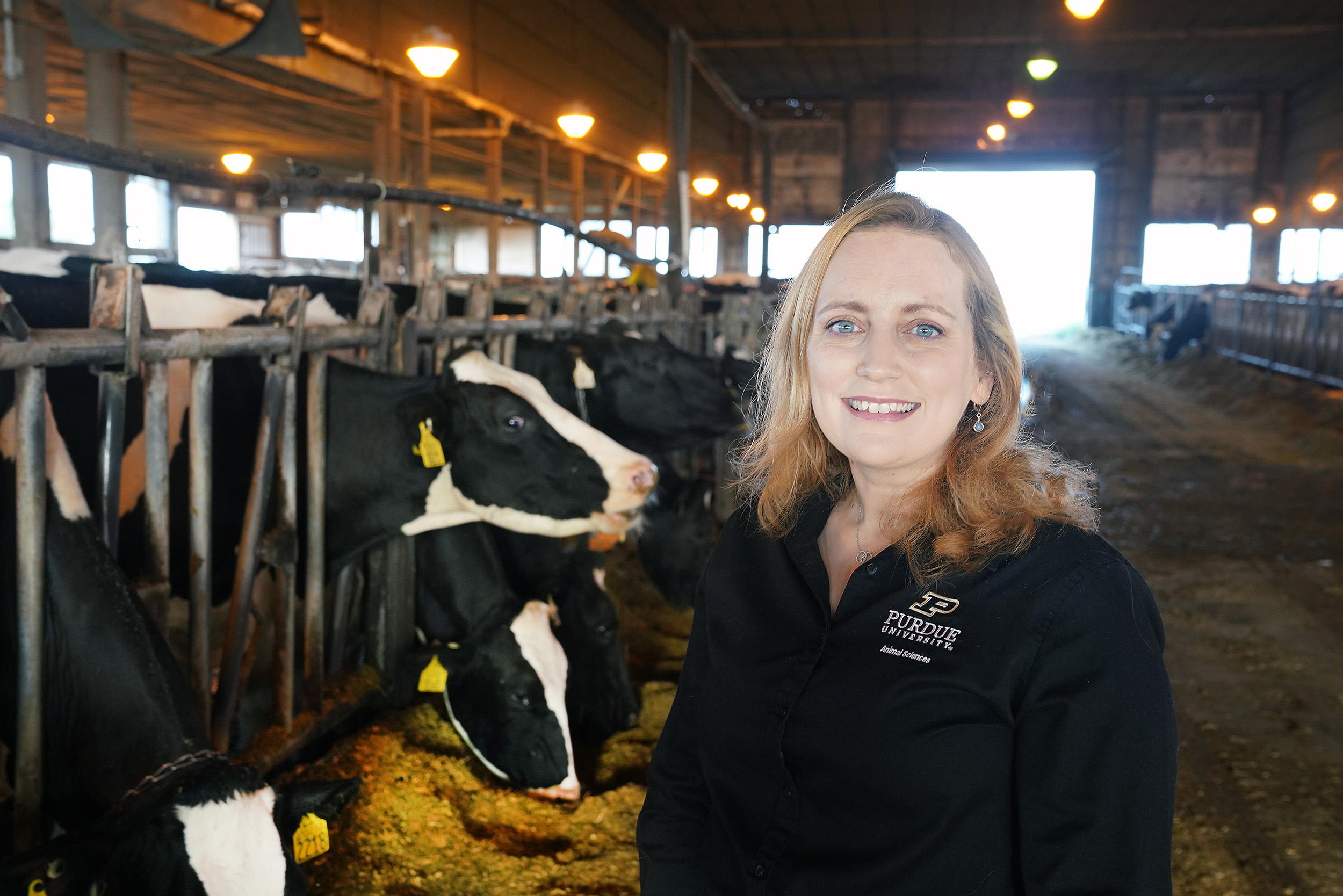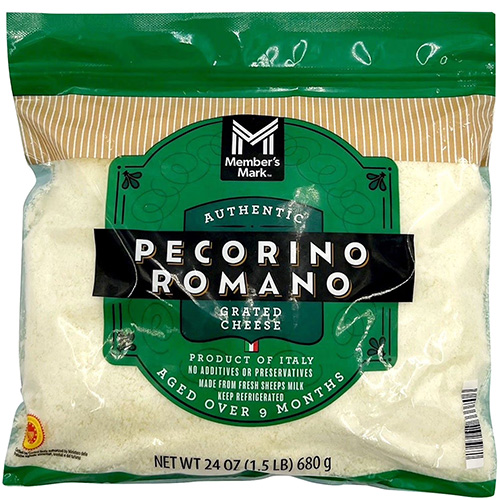Combined microbiome datasets yield accurate prediction of animal ages
An analysis combining the results of 14 studies from around the globe has uncovered some common patterns in how the piglet microbiome, specifically the gut bacteria, changes over time.
“There are exceptions, but overall, we found general trends between all those animals,” said Tim Johnson, associate professor in the College of Agriculture’s Department of Animal Sciences at Purdue University. “We think these patterns are widely applicable because our dataset came from multiple studies around the world, and when we tested the predictions in unrelated datasets, the patterns held.”
Johnson and three co-authors published their analysis in the journal Microbiology Spectrum. Although studies like this one are fairly common in the human microbiome field, relatively few have focused on animal microbiomes. “We’re trying to bring the animal side up to speed with the human side,” Johnson said.
The study comes as the $54 billion pig industry works under pressure to create a high-quality, economically important, nutritious product while also lowering its environmental impact and using fewer antibiotics to keep the animals healthy.
“There’s hope that by controlling the microbiome, we’ll be able to make some of the gains that need to be made in production and environmental impact,” he said. “This field is just beginning. A study like this one lays a lot of foundation work, which was missing up to this point.”
The analysis incorporated data from studies published between 2019 and 2021 that were conducted in Australia, Canada, China, the Netherlands, Norway and the U.S. The data spanned more than 3,300 fecal microbial communities sampled from about 350 pigs over 60 time points ranging from birth to market age.
Co-author Nicole Ricker from the Ontario Veterinary College at the University of Guelph in Canada co-led one of the studies included in the analysis, published in 2020 in Frontiers in Veterinary Science. Ricker, an assistant professor in the Department of Pathobiology, highlighted two key findings in the work that provide a foundation for future studies.
“First, the overall trajectory of the microbiome development through piglet development is predictable and can be modeled effectively, despite methodological differences in the studies examined,” Ricker said. The animals involved in the studies consisted of various breeds differing in genetics and that ate different diets.
Second, the research revealed important details of the piglet microbiome at a fine time scale. “This opens a diversity of research avenues for understanding how piglet microbiome development is impacted by different management strategies including feed additives, weaning time and antibiotic use,” she said.
One goal of the study was to predict the age of the animals based on their microbiomes. The researchers were able to do so with an accuracy of about 70%. Evidence has suggested that a more mature microbial community becomes stable more quickly. That might then translate into more consistent growth conditions for the animal.
“That’s important because the microbial community plays a major role in influencing the animals’ immune system, health, how well they digest their feed and how quickly they grow,” Johnson said.
The researchers found that the bacterial community in the piglets did change over time, but the rate of change slowed. “The most surprising part for me is we were able to find that specific bacteria that are important to the succession or the maturity of the community were similar between all the different study locations,” he said.
The new analysis also highlighted the value of more frequent microbiome sampling. Many studies took samples once a week. Others gave a treatment for several weeks, then took a sample at the end to see what had happened.
With the dataset that Johnson and his colleagues have assembled, researchers can compare how treatments affect normal animals. Although previous studies have also done this, they relied on single datasets that compared treated to untreated animals.
“In an individual study, control animals may not actually represent a global average of a normal microbiota. The controls may deviate from a more global average,” Johnson said. The combined dataset allows researchers to compare the global average to local studies.
The global average size and variety of the gut bacteria populations varied in an oscillating pattern that showed a general increase in diversity over time. Sampling a treatment group during a big swing in the microbiota population could provide misleading results.
“It is possible that the difference that you see between treatment group microbiomes is during one of these temporary changes rather than the general trend,” Johnson said. “We want to encourage people to sample multiple time points so that you make sure you’re on a general trend and not in some temporary swing.”
Lead author Wenxuan Dong is a recent Master of Science graduate of Johnson’s lab, and Devin Holman of Agriculture and Agri-Food Canada also contributed to this research.





